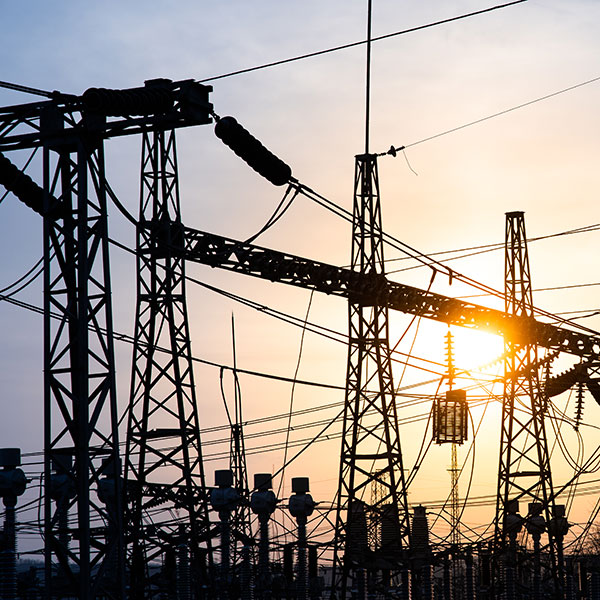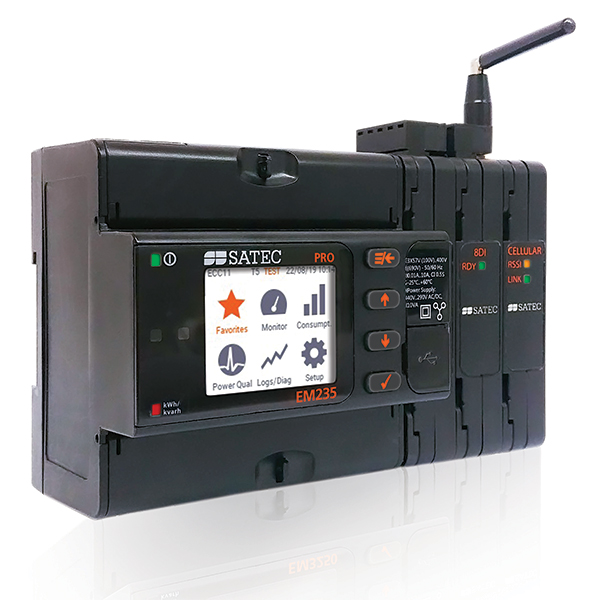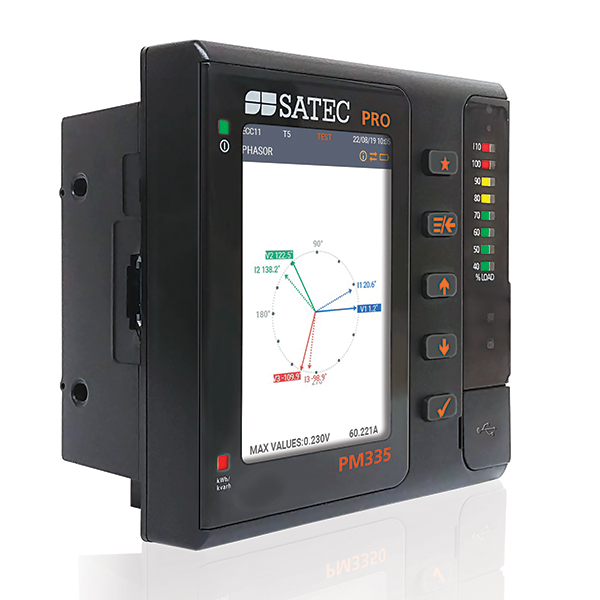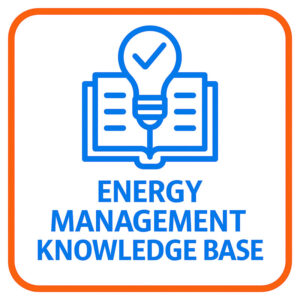In the modern world, where electricity is an essential part of everyday life, the stability and reliability of power systems are of paramount importance. One crucial aspect of maintaining a stable power grid is ensuring the balance between electricity supply and demand. This is where Frequency Control Ancillary Services (FCAS) come into play. But what exactly is FCAS, and why is it vital for the operation of our power systems?
Understanding Frequency in Power Systems
Electricity grids operate at a specific frequency, measured in Hertz (Hz). For instance, in Australia, the National Electricity Market (NEM) operates at a nominal frequency of 50 Hz. This frequency is a delicate balance, maintained by ensuring that the amount of electricity generated matches the amount consumed.
If generation exceeds demand, the frequency increases. Conversely, if demand surpasses generation, the frequency decreases. Significant deviations from the nominal frequency can lead to equipment damage, power outages, or even system-wide blackouts.
What is FCAS?
Frequency Control Ancillary Services (FCAS) are specialised services that help maintain the stability of the grid by managing frequency deviations. These services ensure that the grid frequency remains within an acceptable range, preventing disruptions and maintaining reliable electricity supply.
In practice, FCAS involves both rapid and sustained responses to frequency changes. This can include automatically adjusting the output of power generators, controlling loads, or activating energy storage systems to either inject or absorb electricity.
Types of FCAS
1. Regulation FCAS
- Purpose: Continuously balances supply and demand on the grid to maintain frequency close to the nominal level (e.g., 50 Hz or 60 Hz).
- Subcategories:
- Raise Regulation: Increases generation or reduces consumption to raise frequency.
- Lower Regulation: Reduces generation or increases consumption to lower frequency.

2. Contingency FCAS
- Purpose: Responds to significant, unexpected changes in frequency caused by large disturbances, such as generator outages or sudden load changes.
- Subcategories:
- Fast Contingency (6 seconds): Reacts within 6 seconds to arrest the frequency deviation.
- Slow Contingency (60 seconds): Provides a response within 60 seconds to stabilize the frequency further.
- Delayed Contingency (5 minutes): Sustains frequency stabilization over a longer period.
3. Fast Frequency Response (FFR)
- Purpose: A relatively new type of service designed to provide rapid response (sub-6 seconds) to frequency deviations, often leveraging fast-acting technologies like batteries and inverter-based resources.
- Use Case: Supplements traditional FCAS during extreme events requiring immediate corrective action.
4. Inertial Response (Synthetic Inertia)
- Purpose: Emulates the natural inertia of large spinning machines using inverter-based resources like batteries or wind turbines.
- Use Case: Helps arrest frequency changes in the initial moments after a disturbance.
How FCAS is Delivered
FCAS is provided by market participants, including power generators, battery storage systems, and demand response providers. These participants offer their services through an ancillary services market, which operates alongside the main electricity market. The Australian Energy Market Operator (AEMO) oversees this market, ensuring adequate FCAS availability to meet the system’s needs.
Providers of FCAS must meet stringent technical requirements, including the ability to respond quickly and accurately to frequency deviations. Technologies such as fast-response batteries, hydroelectric plants, and even smart appliances play an increasingly prominent role in delivering FCAS.
The Role of FCAS in the Energy Transition
As the energy transition accelerates, with increasing adoption of renewable energy sources like wind and solar, the role of FCAS becomes even more critical. These renewable sources are inherently variable and can introduce new challenges to grid stability. Advanced technologies, such as virtual power plants (VPPs) and grid-forming inverters, are being developed to enhance FCAS capabilities in a renewable-dominated energy mix.
How can SATEC’s PRO Series Power Quality Analysers maintain a stable power grid?
High-Accuracy Frequency Monitoring:
The PRO Series provides precision frequency measurements with 0.002% accuracy and a resolution of 0.0001 Hz, ensuring compliance with MASS frequency response requirements.
Fast Data Recording:
The meters offer 20ms sampling intervals for Very Fast and Fast FCAS, with 1s intervals for Slow and Delayed FCAS, aligning with AEMO’s verification standards.
Wide Communication Protocol Support:
Including Modbus TCP/RTU, IEC 61850, DNP3, and IEEE C37.118 for PMU integration, allowing seamless connectivity to SCADA systems and Phasor Data Concentrators.
Built-in Programmable Logic Controller (PLC):
Enables custom logic functions, cross-device triggering, and automated event responses critical for FCAS market compliance.
Event and Fault Recording:
The PRO Series maintains 16GB memory for long-term waveform and event storage, ensuring comprehensive data retention for compliance and verification.
Why the SATEC PRO is the Best Solution for FCAS Participation
With increasing reliance on Battery Energy Storage Systems (BESS) and demand response programs, the need for compliant, high-speed, and intelligent FCAS monitoring solutions has never been greater. The SATEC PRO Series stands out by offering:
- Compliance with Australian Standards: Adhering to IEC 61000-4-30 Class A (future update), AS 62052-11, and NMI requirements for accurate power quality and frequency monitoring.
- Seamless Cloud Integration: Support for SATEC eXpertpower SaaS, allowing remote access, FCAS event tracking, and automated reporting.
- Scalability and Flexibility: Available in both panel-mount and DIN-rail configurations, with modular I/O expansions, ensuring adaptability to various grid-scale and behind-the-meter applications.
Future-Proofing FCAS Compliance with SATEC PRO
As Australia’s energy landscape evolves with increasing renewable penetration and market reforms, ensuring fast, accurate, and compliant FCAS monitoring will be key to grid stability. The SATEC PRO Series is designed to meet these challenges, providing real-time frequency monitoring, event logging, and secure data communication—making it the ideal solution for generators, aggregators, and industrial users participating in the FCAS market.
With its industry-leading accuracy, robust event recording, and AEMO-compliant features, the SATEC PRO Series positions itself as the premier choice for businesses looking to maximise efficiency and compliance in Australia’s FCAS market.
SATEC is the trusted name in energy management solutions. Contact our team for more information about FCAS and other energy management products.





